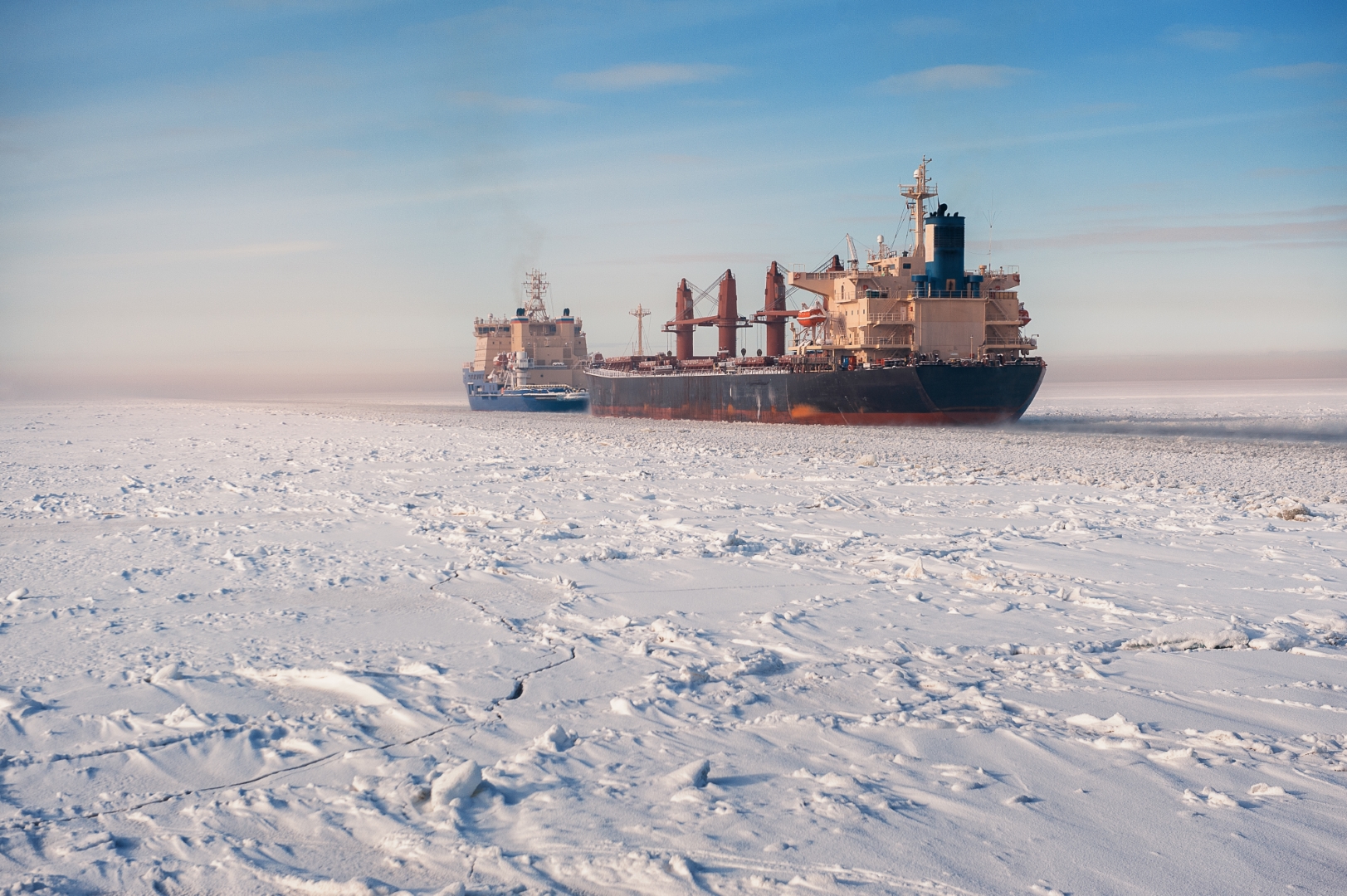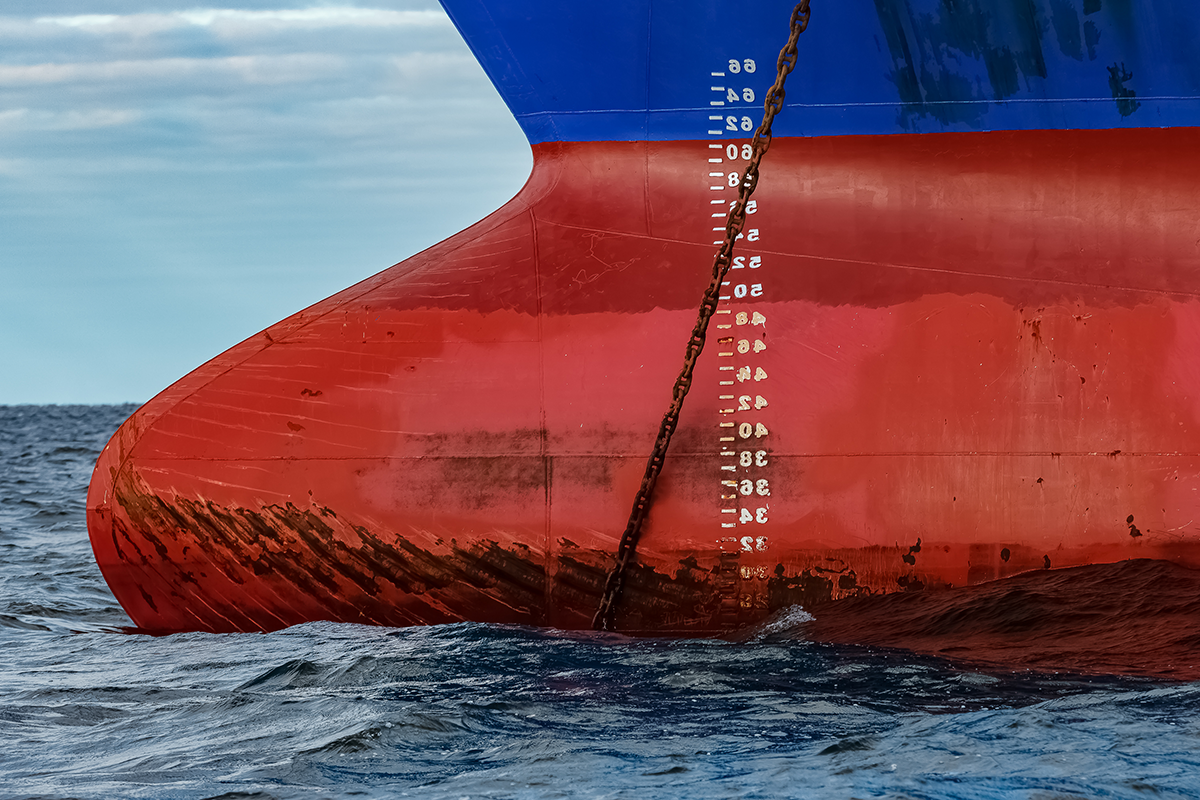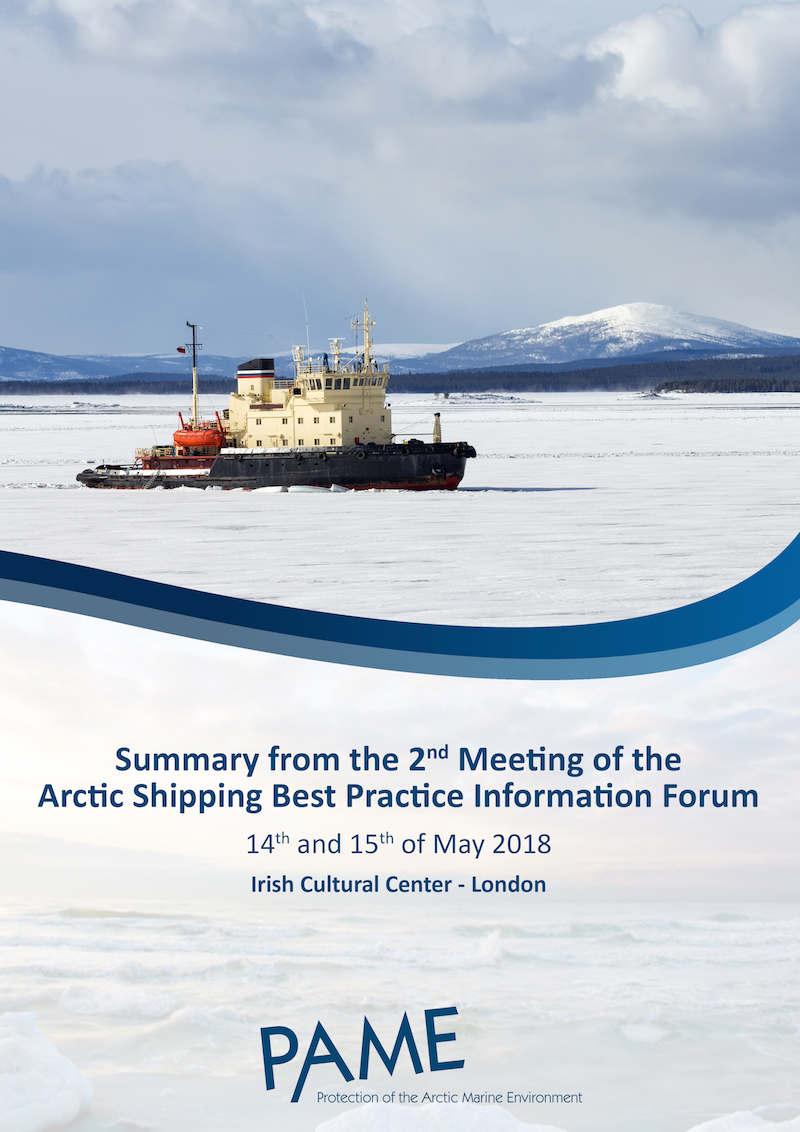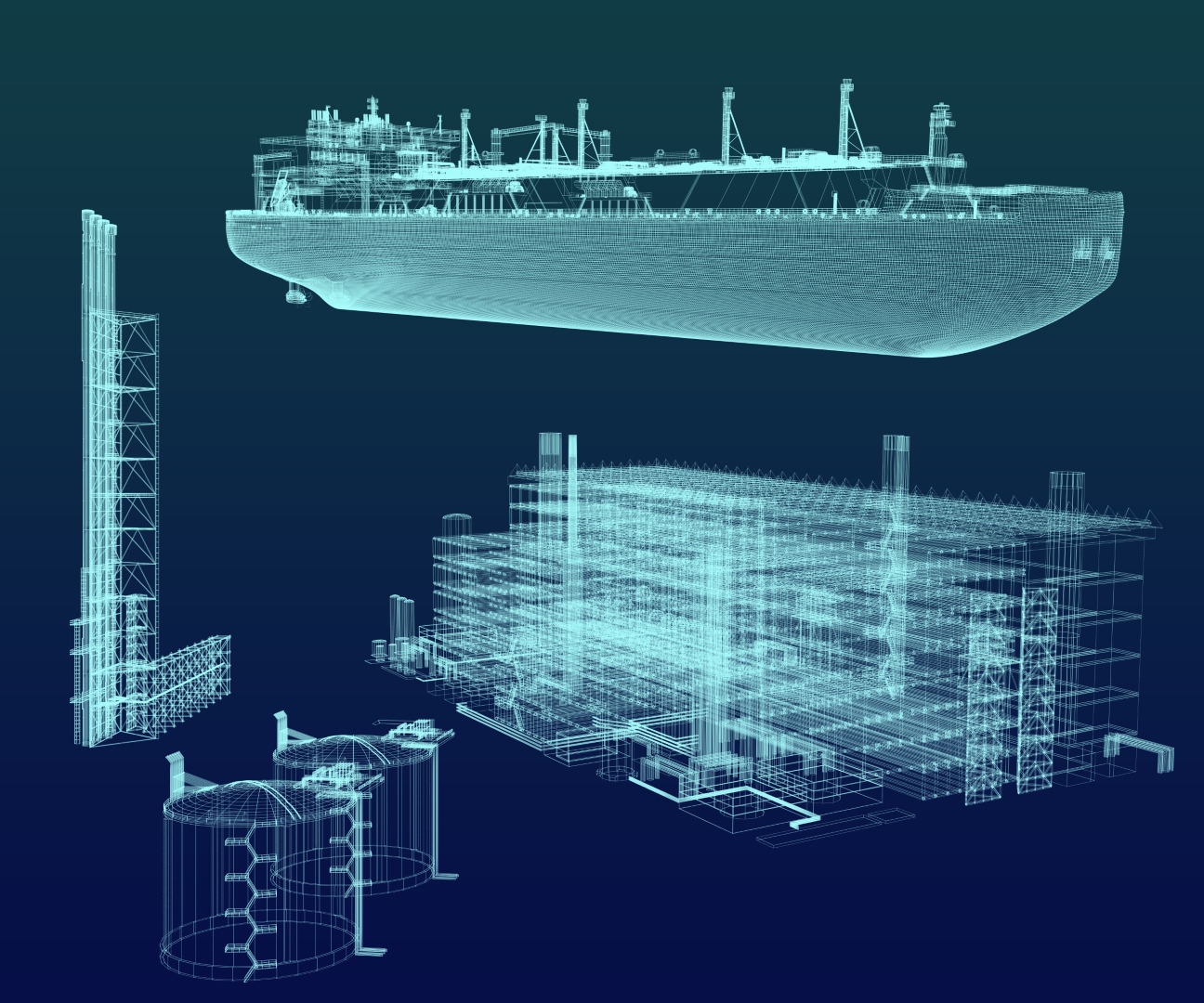
CHAPTER SUMMARY
SUBMISSIONS
American Bureau of Shipping (ABS)
Hyperlink: Eagle.orgABS is a leading international classification organization devoted to promoting the security of life and property and preserving the natural environment through the development and verification of standards for the design, construction and operational maintenance of marine and offshore assets.
ABS, in service to the marine industry, provides rules and guides free of charge. This includes the ABS Ice Class Rules, which contain the IACS Polar Rules referenced in Chapter 3 of the Polar Code, as well as the Baltic Ice Class Rules that are referenced in POLARIS (MSC.1/Circ. 1519).
ABS has decades of experience with ice class ships and icebreakers. Through the Harsh Environment Technology Center (HETC), ABS continues to push the state of the art with respect to knowledge and capabilities of ships in ice, low air temperatures and marine systems to predict or manage these hazards.
ABS recognizes that vessels need not have an ice class to operate in Polar Waters, therefore ships would be built to the overarching ABS Steel Vessel Rules. These rules are also available free for download and contain the ice class rules as Part 6.
DNV GL
Hyperlink: IMO Polar CodeFollow this link for DNV GL’s guide to the Polar Code Document ‘Maritime Polar Code: Understand the Code’s requirements to take the right steps for smooth compliance’. For Chapter 3, see page 14.
See also:
Icelandic Transport Authority
Hyperlink: http://www.icetra.isThe Icelandic Transport Authority manages the administration of transport affairs and conducts oversight pertaining to aviation, maritime affairs, traffic and safety oversight of transport structures and navigation. The Icelandic Transport Authority issues certificates to seafarares and is responsible for Port State Control and Flag State Control and manages the Icelandic ship registry.
Lloyd's Register (LR)
Hyperlink 1: The Polar Code by LloydsLloyd's provides information and assistance for users to comply with the Polar Code. Lloyd's interactive toolkit allows users to work through the Code on their own terms and download Lloyd's register free guidance, templates and examples to help understand and meet compliance needs.
Hyperlink 2: Lloyd's Polar Code Resources
Lloyd's also provides guidance documents on; the Operational Assessment, setting operational limitations (limitation wording), determining the Operating Envelope and LR’s How to use POLARIS.
Hyperlink 3: The Polar Code: A Regulatory Interpretation Guide
This document provides Loyd's Register guidance on all aspects of the Polar Code (chapter by chapter). For Chapter 3, see the LR Regulatory Guide pages 31 to 32.
Lloyd's Register website.
Oil Companies International Marine Forum (OCIMF)
Hyperlink 1: Northern Sea Route – Best practices and Challenges (2017)For Chapter 3, see pages 3-4 and page 13.
Hyperlink 2: Offshore Vessel Operations In Ice and or Severe Sub Zero Temperatures in Artic and Sub Artic regions (2014).
The purpose of this paper is to provide guidance to operators and charterers of offshore support vessels employed for use in areas impacted by ice or severe sub-zero temperatures with the aim of encouraging high standards of safety and environmental protection for those operating in Arctic and Sub-Arctic regions.
As adopted from IMO - Full Polar Code text
CHAPTER 3 - SHIP STRUCTURE: Full Polar Code text
3.1 Goal
The goal of this chapter is to provide that the material and scantlings of the structure retain their structural integrity based on global and local response due to environmental loads and conditions.
3.2 Functional requirements
In order to achieve the goal set out in paragraph 3.1 above, the following functional requirements are embodied in the regulations of this chapter:
- .1 for ships intended to operate in low air temperature, materials used shall be suitable for operation at the ships polar service temperature; and
- .2 in ice strengthened ships, the structure of the ship shall be designed to resist both global and local structural loads anticipated under the foreseen ice conditions.
- 3.3.1 In order to comply with the functional requirements of paragraph 3.2.1 above, materials of exposed structures in ships shall be approved by the Administration, or a recognized organization accepted by it, taking into account standards acceptable to the Organization or other standards offering an equivalent level of safety based on the polar service temperature.
- 3.3.2 In order to comply with the functional requirements of paragraph 3.2.2 above, the following apply:
- .1 scantlings of category A ships shall be approved by the Administration, or a recognized organization accepted by it, taking into account standards acceptable to the Organization or other standards offering an equivalent level of safety;
- .2 scantlings of category B ships shall be approved by the Administration, or a recognized organization accepted by it, taking into account standards acceptable to the Organization or other standards offering an equivalent level of safety;
- .3 scantlings of ice strengthened category C ships shall be approved by the Administration, or a recognized organization accepted by it, taking into account acceptable standards adequate for the ice types and concentrations encountered in the area of operation; and
- .4 a category C ship need not be ice strengthened if, in the opinion of the Administration, the ship's structure is adequate for its intended operation.




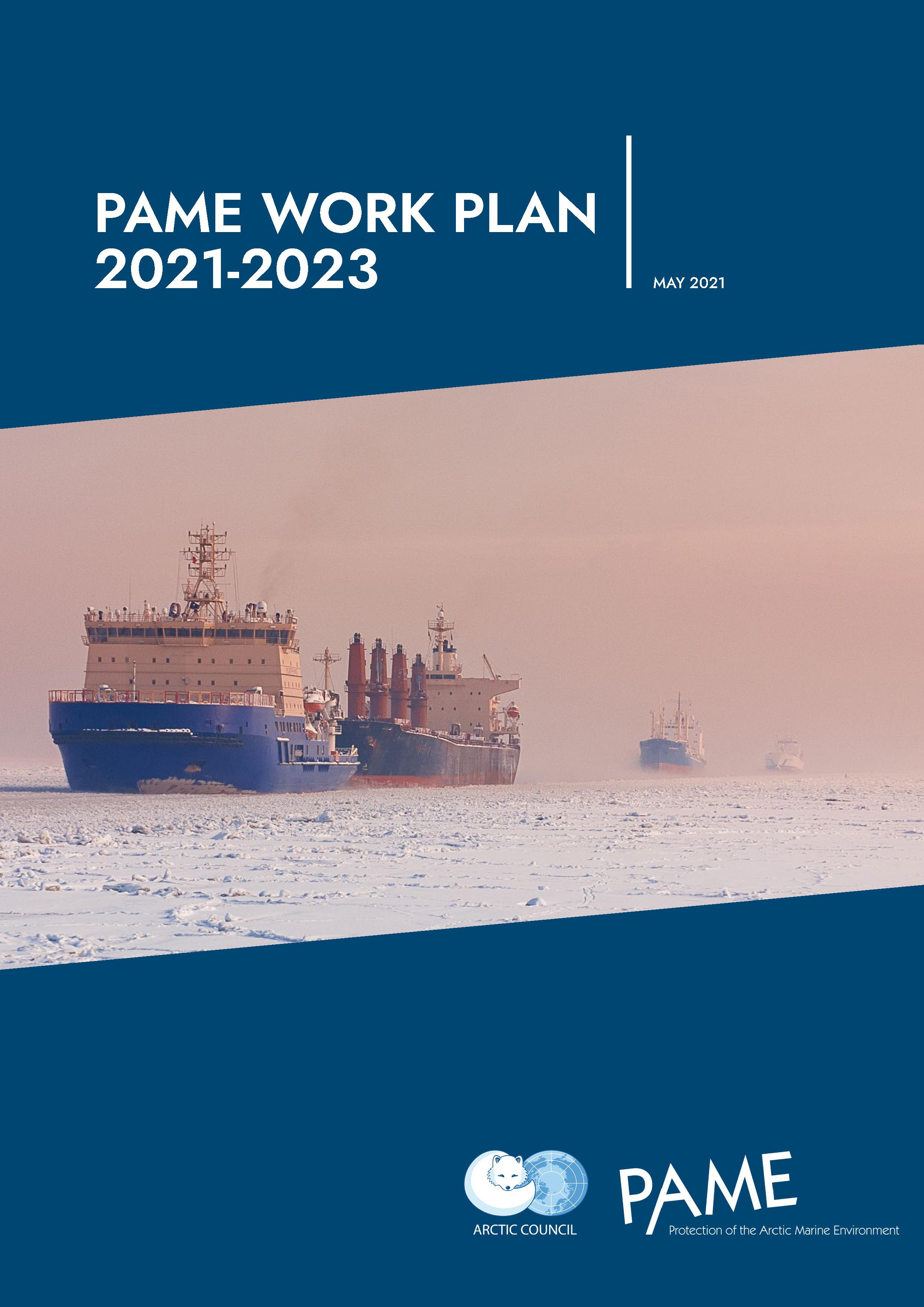
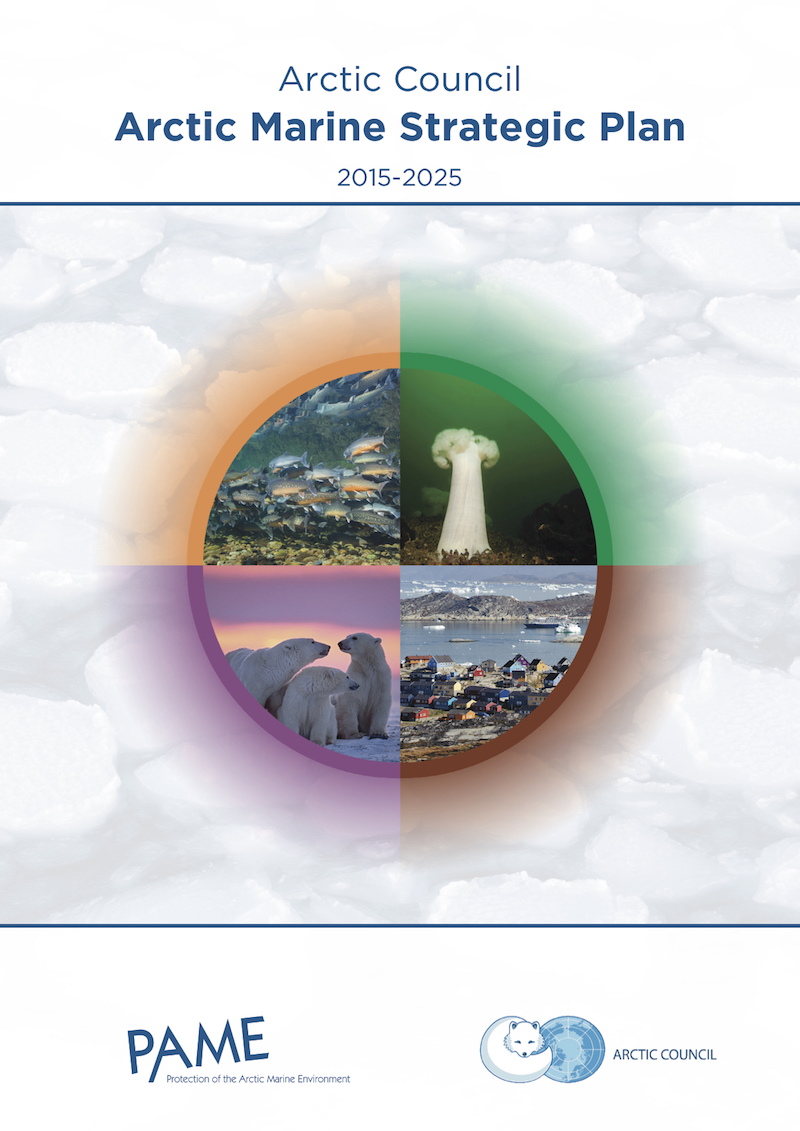







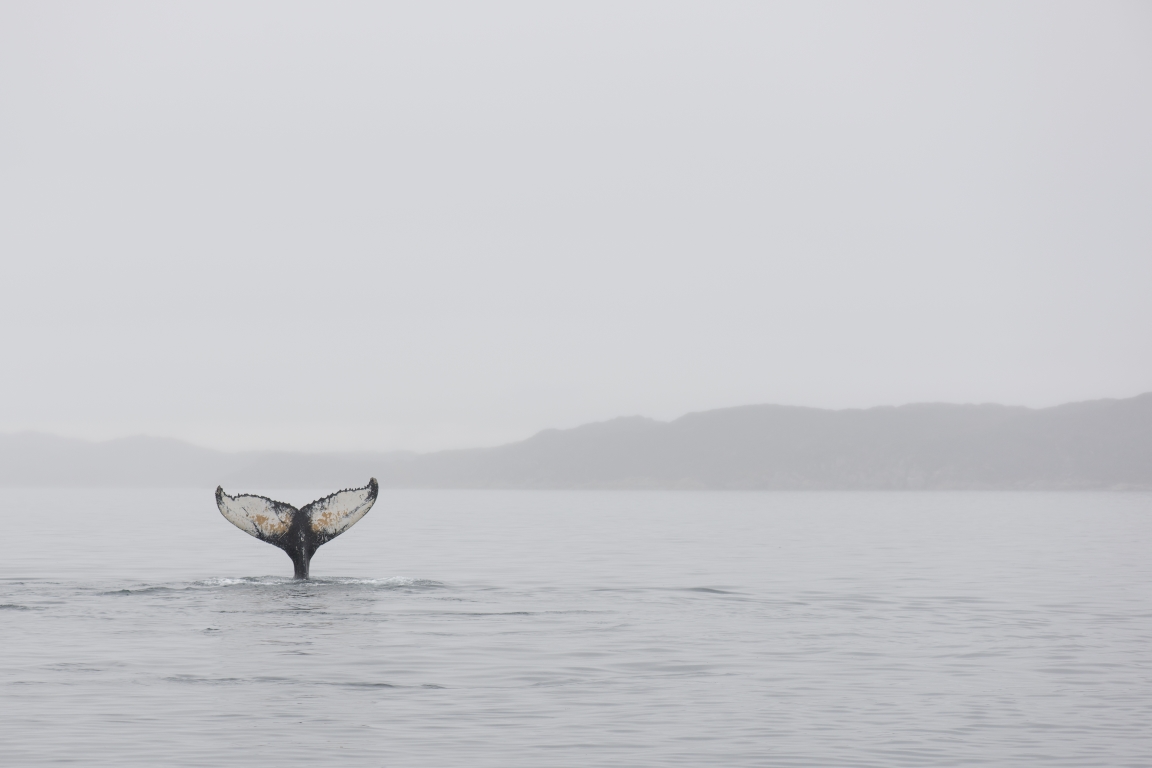
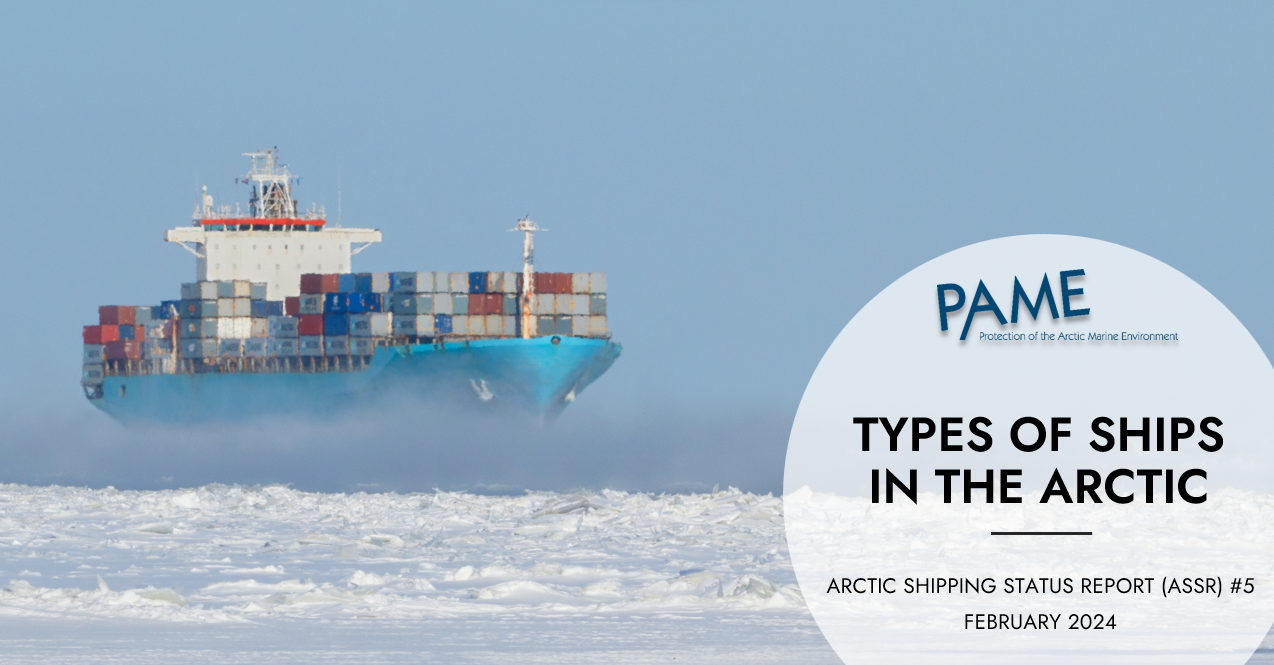
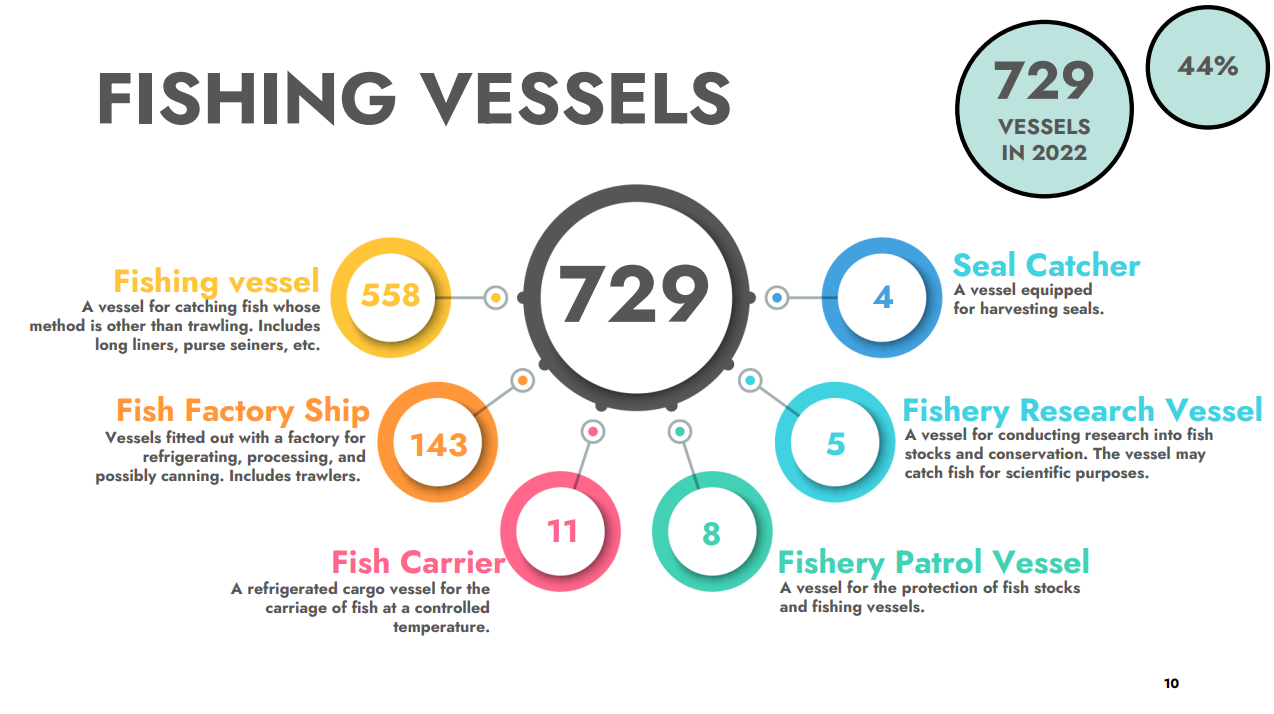
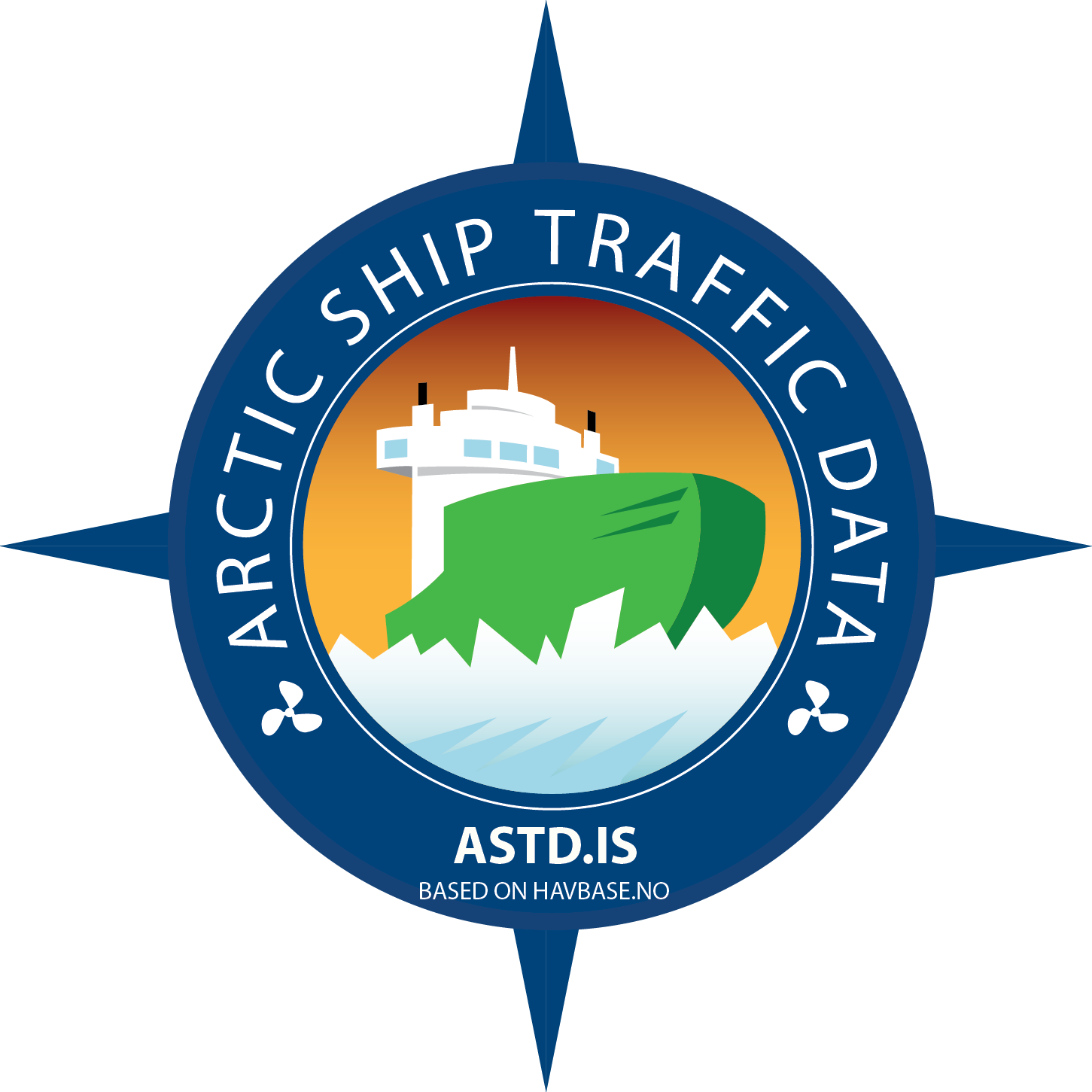

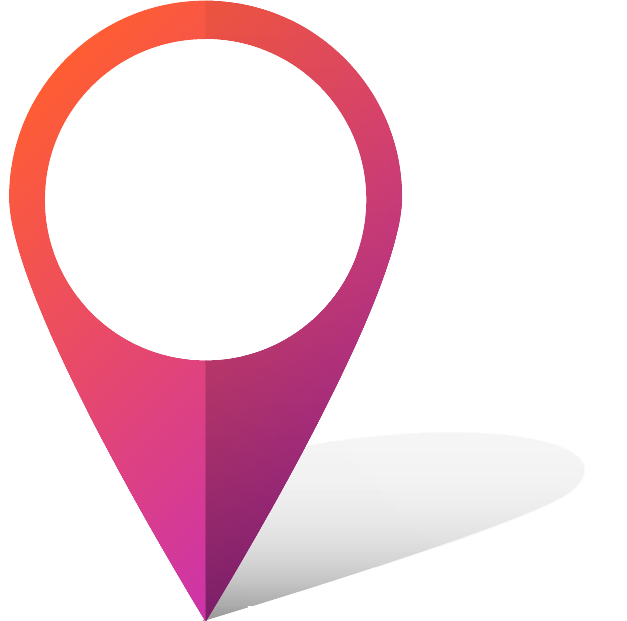

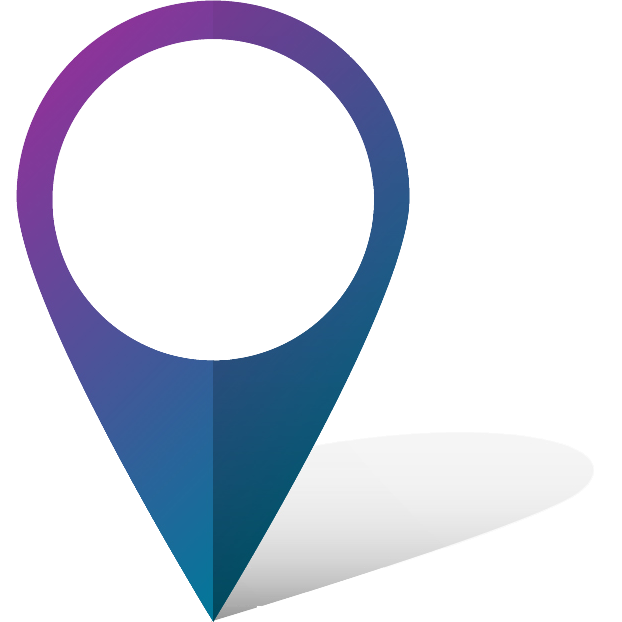

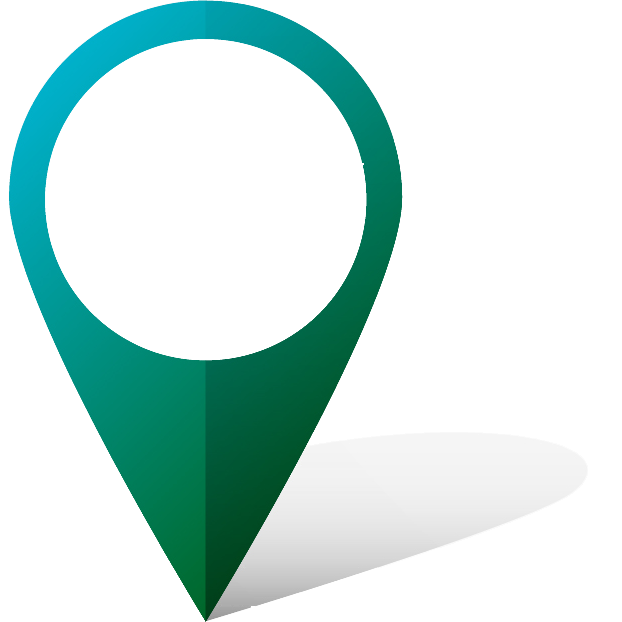
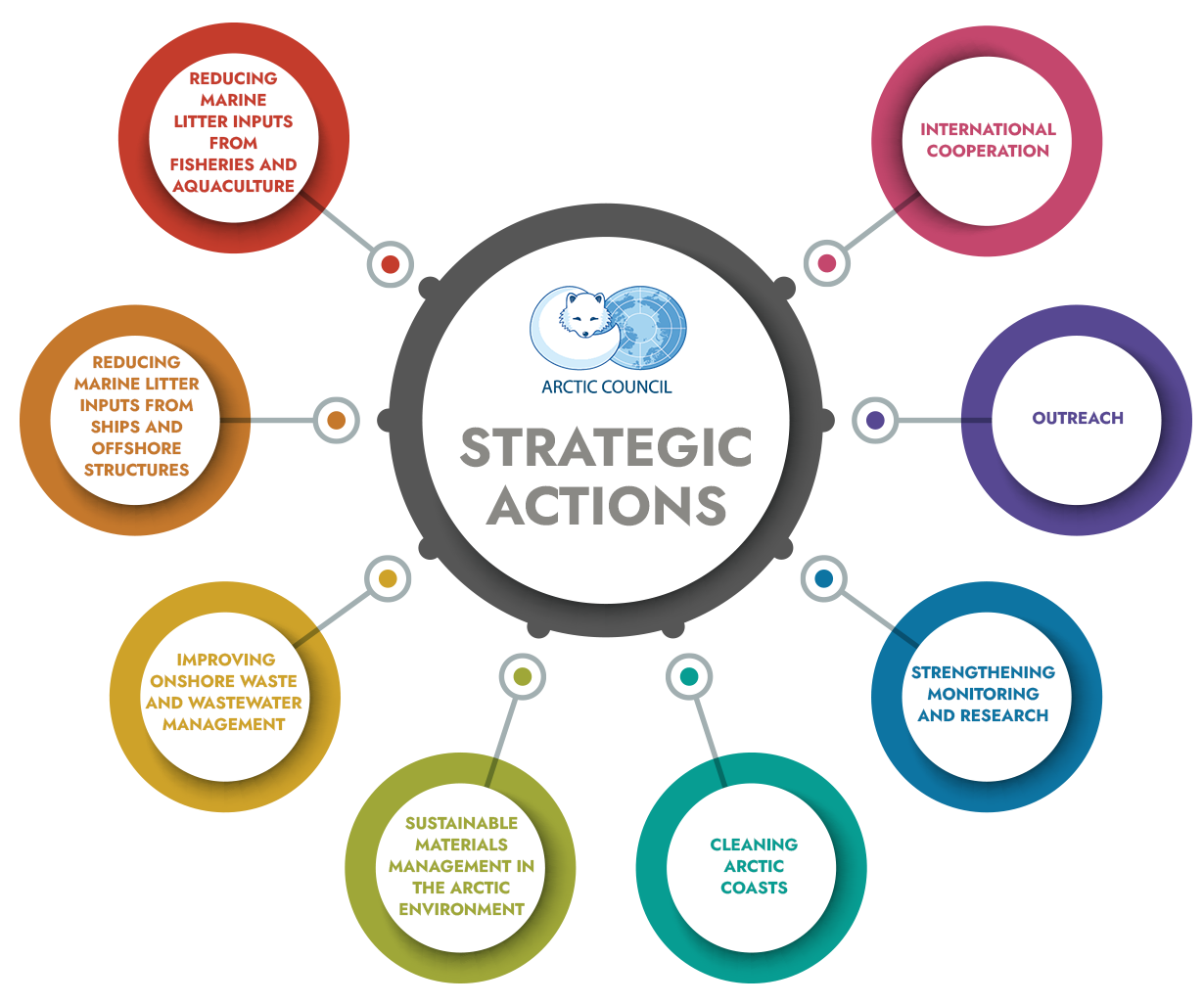


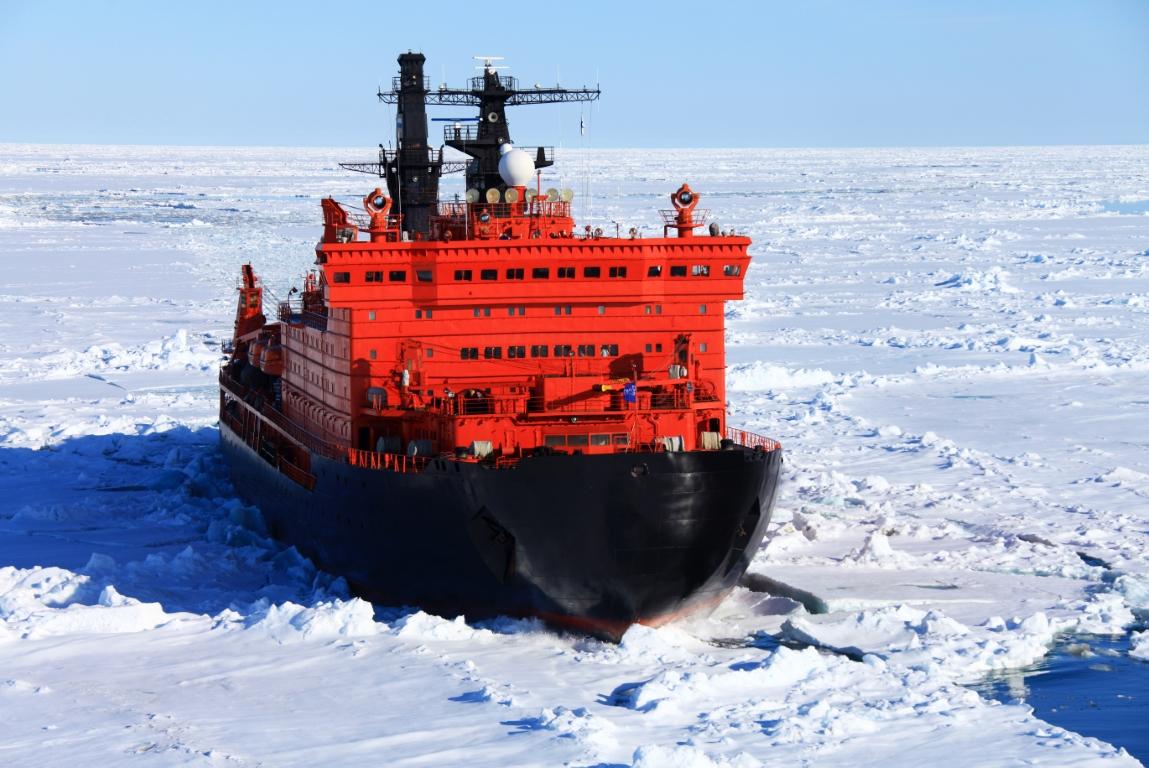
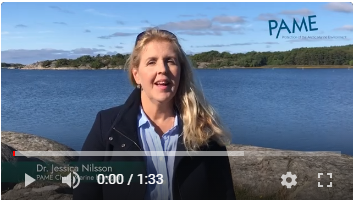
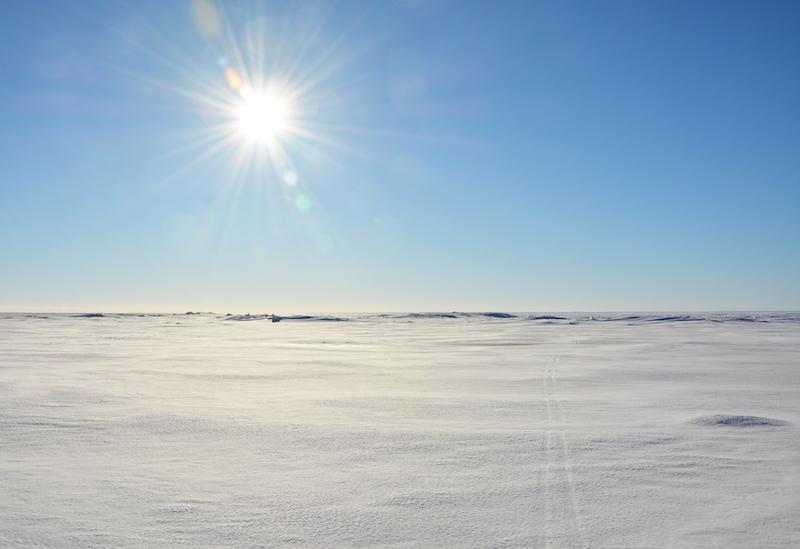
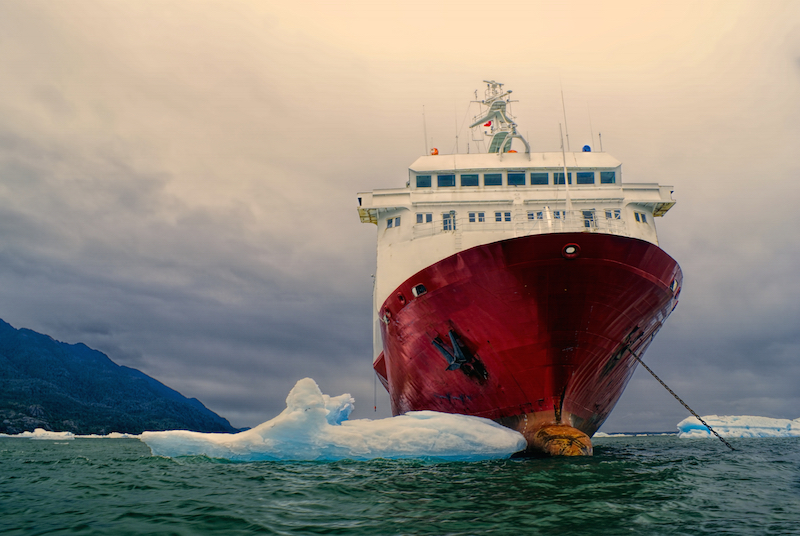
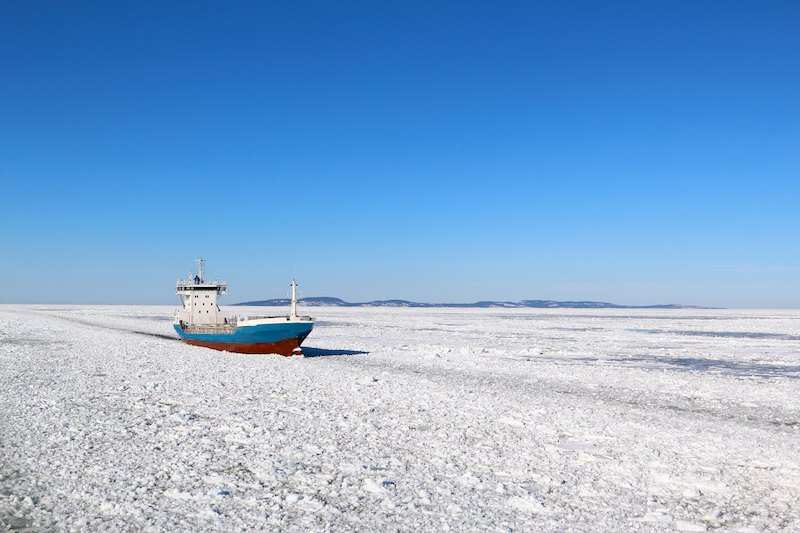
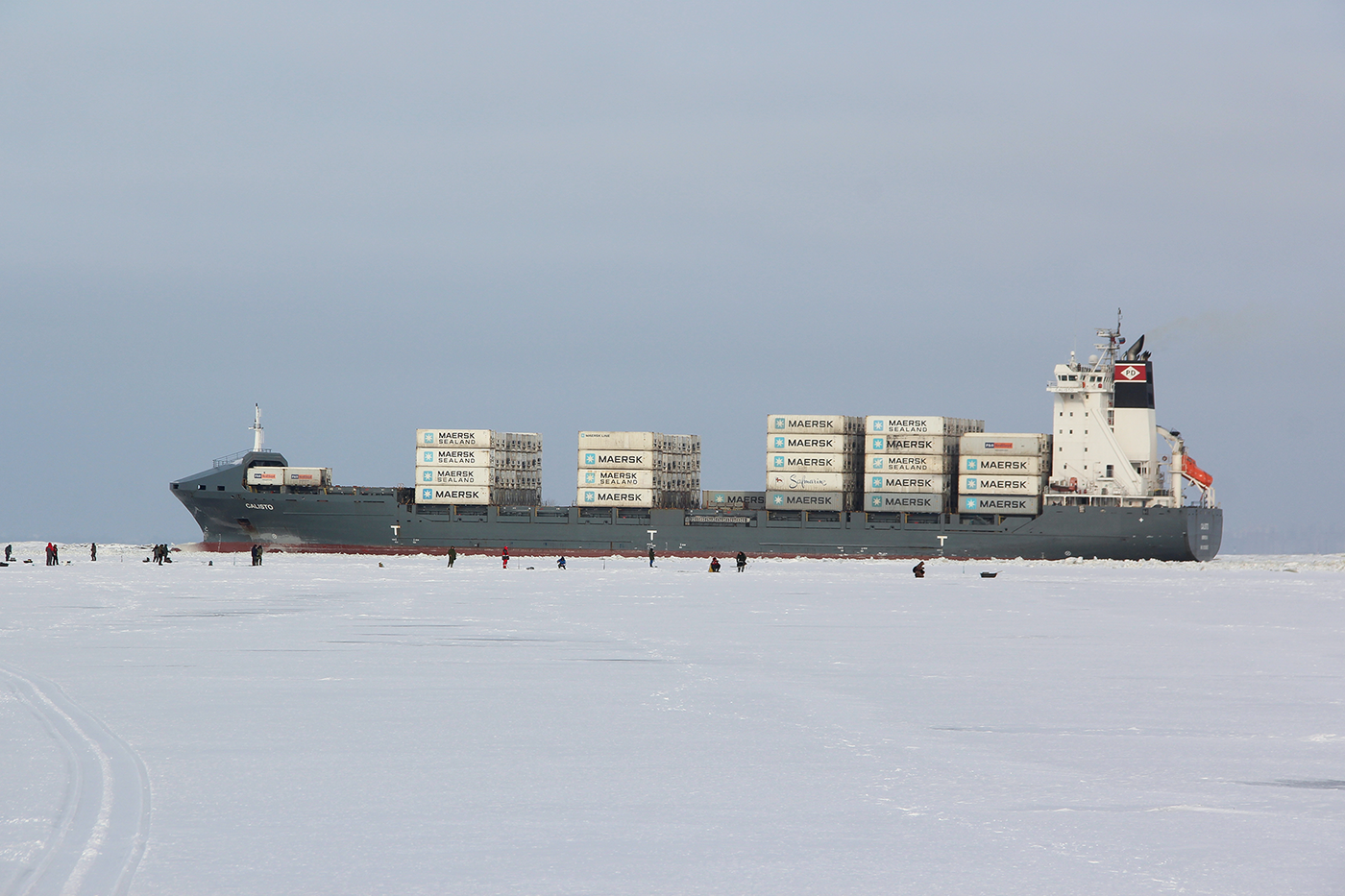

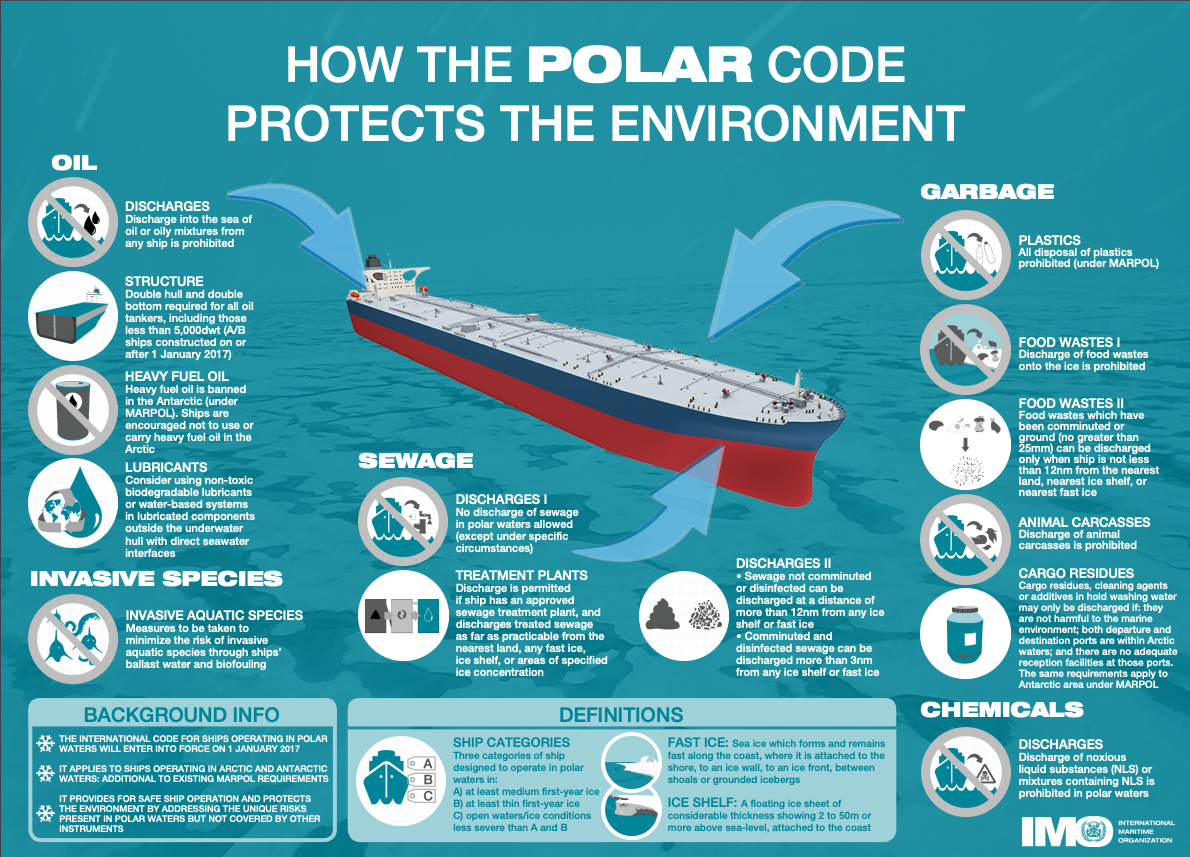
 Training of Seafarers
Training of Seafarers